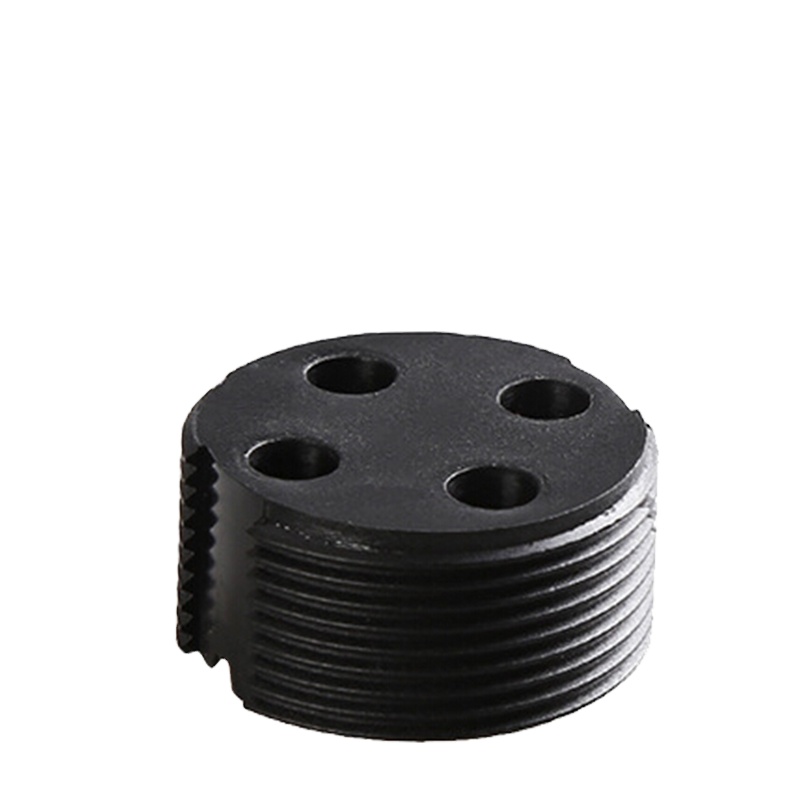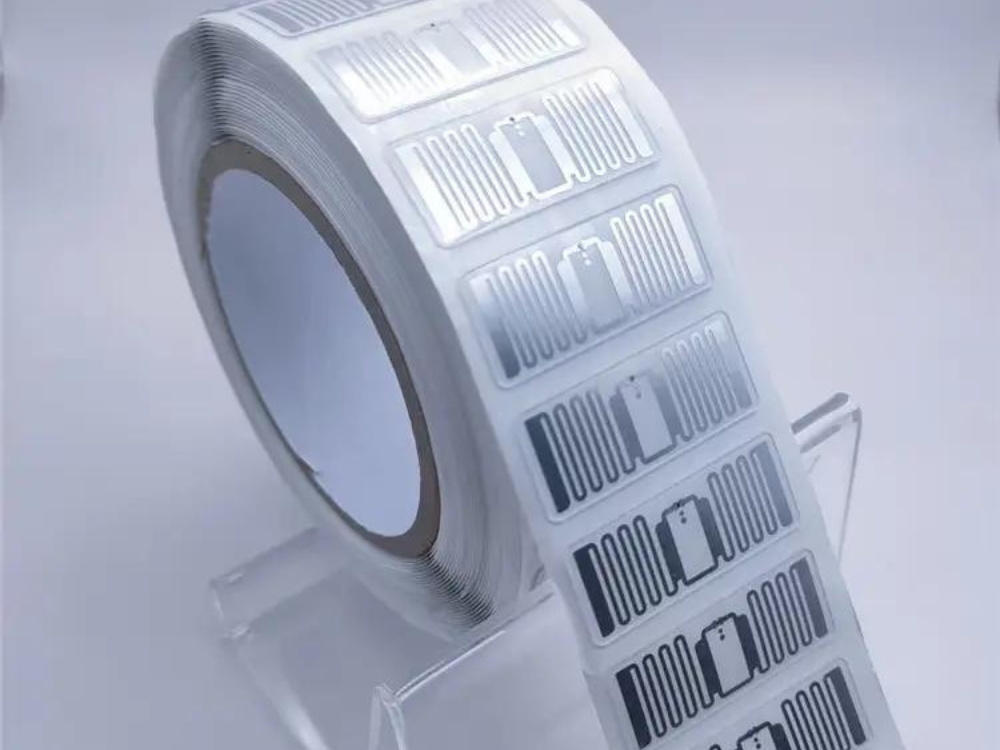
Key Considerations for Selecting RFID Antennas
Table of Contents
Summary
This article delves into the crucial factors to consider when selecting RFID antennas, including frequency, polarization, beam width, and gain, and provides a detailed overview of their impact on system performance.

Overview of RFID Antenna Selection
When integrating RFID technology, selecting an appropriate antenna is essential for optimizing system performance. The choice of antenna influences data accuracy, range, and overall system reliability. Key factors include:
- Frequency: Determines the operational bandwidth of the antenna.
- Polarization: Affects how the antenna interacts with RFID tags.
- Beam Width and Gain: Influence the antenna’s coverage and signal strength.
By carefully evaluating these factors, one can ensure that the RFID system meets specific operational needs and performs efficiently in various environments.
Types of RFID Polarization
Polarization defines the orientation of the electromagnetic waves emitted by the antenna. The two primary types of polarization are linear and circular, each suited to different applications.
Linear Polarization
Linear polarization occurs when the electric field of the radio wave oscillates in a single plane. Antennas with linear polarization are ideal for applications where the orientation of RFID tags is fixed. They offer:
- Vertical or Horizontal Orientation: Depending on the orientation of the electric field.
- Cost-Effectiveness: Generally cheaper than circular polarization antennas.
- Greater Reading Range: When tags are correctly aligned.
However, their performance can degrade if the tag orientation varies.
Circular Polarization
Circular polarization involves the electric field rotating in a circular pattern as the wave propagates. This type of polarization is advantageous in dynamic environments where tag orientation may vary:
- Right-Hand Circular Polarization (RHCP): Electric field rotates clockwise.
- Left-Hand Circular Polarization (LHCP): Electric field rotates counterclockwise.
- Consistent Reading Performance: Effective regardless of tag orientation.
Circular polarization antennas are typically more expensive and have a shorter reading range compared to linear polarization antennas.
RFID Antenna Frequencies
The operational frequency of an RFID antenna significantly impacts its performance. Different frequency bands offer varying ranges and susceptibility to interference.
Frequency Band | Range | Applications | Interference Susceptibility |
LF (125-134 kHz) | Up to 0.5 meters | Animal tracking, access control | Low |
HF (13.56 MHz) | Up to 1 meter | Document management, contactless payments | Moderate |
UHF (860-960 MHz) | Up to 12 meters | Inventory tracking, access control, sports timing | High |
- LF Antennas: Operate at lower frequencies and are less susceptible to interference from metals and liquids but offer shorter read ranges.
- HF Antennas: Provide moderate reading ranges and are commonly used in applications requiring contactless interactions.
- UHF Antennas: Offer long-range capabilities and high-speed data transmission, though they are more prone to interference.
Antenna Gain and Beam Width
Antenna gain and beam width are critical in determining the performance and application of an RFID system.
- Gain: Measured in decibels isotropic (dBi), indicates the antenna’s ability to focus energy in a specific direction. Higher gain results in a more concentrated signal but narrower coverage.
- Beam Width: Represents the angle over which the antenna provides effective signal coverage. A wider beam width offers broader coverage but may increase the risk of interference.
Factors Influencing Antenna Selection
Several factors must be considered when choosing an RFID antenna to ensure optimal performance.
Operating Environment
The environment in which the antenna will be used affects its selection. For example:
- Outdoor Installations: Requires antennas that are waterproof and UV-resistant.
- Industrial Environments: Needs antennas that can withstand dust, grease, and vibrations.
Tag Orientation
The orientation and movement of RFID tags determine the choice of polarization. Fixed orientations may benefit from linear polarization, while variable orientations require circular polarization.
Required Reading Range
Different applications require varying reading ranges. UHF antennas are suited for long-range applications, whereas LF and HF antennas are better for short-range use.
Cost and Regulations
Budget constraints and local regulations may influence the choice of antenna. Ensuring compliance with regional standards and selecting an antenna that fits within the budget are essential considerations.

Other Considerations
- Antenna Size: Must fit within the available installation space.
- Environmental Protection: Antennas should be chosen based on their ability to endure environmental conditions.
- Connection Type: The choice of connection type affects signal quality and system integration.
By thoroughly evaluating these factors, you can select an RFID antenna that optimally supports your system’s performance and meets the specific needs of your application.
Comments
Hot Products

What Is RFID Waste Management
Imagine a city where every trash bin speaks — not literally — but through a tiny chip that tells the system when it’s full, when it’s emptied, and where it went. That’s what RFID waste management is doing today.

What are Bolt Seals and their Applications? | Complete Guide
In global trade and logistics, bolt seals play a crucial role in ensuring cargo security and compliance. These small but powerful devices are designed to lock shipping containers, trailers, and cargo doors with a tamper-evident mechanism.

What is an RFID Card Protector? Benefits, Use Cases, and Buying Guide
RFID technology (Radio Frequency Identification) is everywhere: in your credit cards, ID badges, transit passes, hotel room keys, and more. It offers speed and convenience, but it also opens the door to a new kind of digital theft called “skimming.” That’s where an RFID card protector comes in.

RFID Wristbands for Events: Bulk Buying Guide for Organizers
RFID wristbands for events are becoming the go-to solution for organizers who need faster entry, fraud prevention, and cashless payments at concerts, festivals, and sports venues. Unlike paper tickets or QR codes, these smart wristbands use embedded chips to streamline access, secure transactions, and improve the guest experience.

How RFID Tag on Windscreen Improves Vehicle Access Control and Toll Systems
In today’s fast-paced world, vehicle identification needs to be quick, secure, and contactless. An RFID Tag on the Windscreen provides exactly that — a reliable way to manage toll collection, parking, and gated access without stopping vehicles.

The Benefits of RFID Linen Tags in Commercial Laundry
Managing laundry in hospitals, hotels, or large laundry services is a big job. Each day, thousands of sheets, towels, and uniforms are washed, sorted, and sent back out. But problems like lost linens, sorting mistakes, and manual counting can cost companies a lot of money. For example, mid-sized hotels can lose over $200,000 each year from missing linens.
That’s where RFID Linen Tags come in.
Tags
RELATED BLOGS

What Is RFID Waste Management
Imagine a city where every trash bin speaks — not literally — but through a tiny chip that tells the system when it’s full, when it’s emptied, and where it went. That’s what RFID waste management is doing today.

What are Bolt Seals and their Applications? | Complete Guide
In global trade and logistics, bolt seals play a crucial role in ensuring cargo security and compliance. These small but powerful devices are designed to lock shipping containers, trailers, and cargo doors with a tamper-evident mechanism.

What is an RFID Card Protector? Benefits, Use Cases, and Buying Guide
RFID technology (Radio Frequency Identification) is everywhere: in your credit cards, ID badges, transit passes, hotel room keys, and more. It offers speed and convenience, but it also opens the door to a new kind of digital theft called “skimming.” That’s where an RFID card protector comes in.




